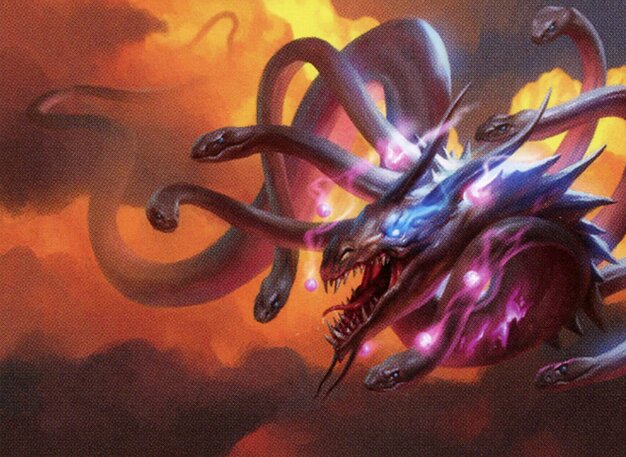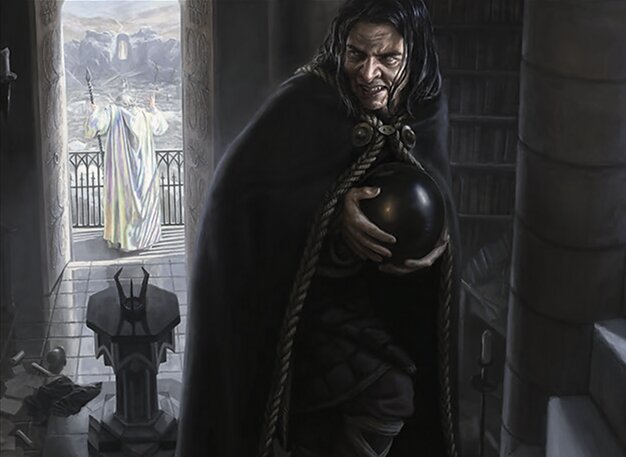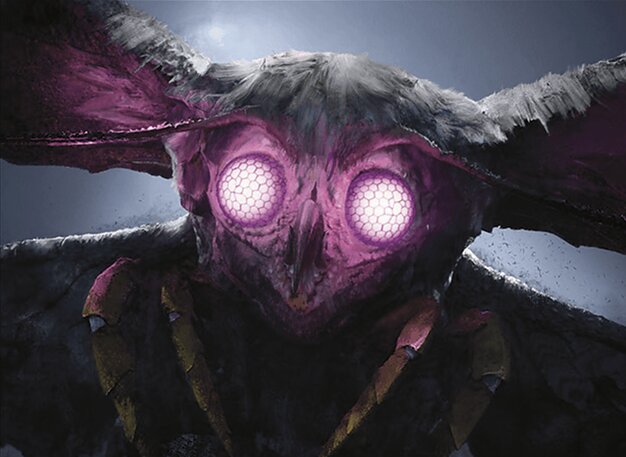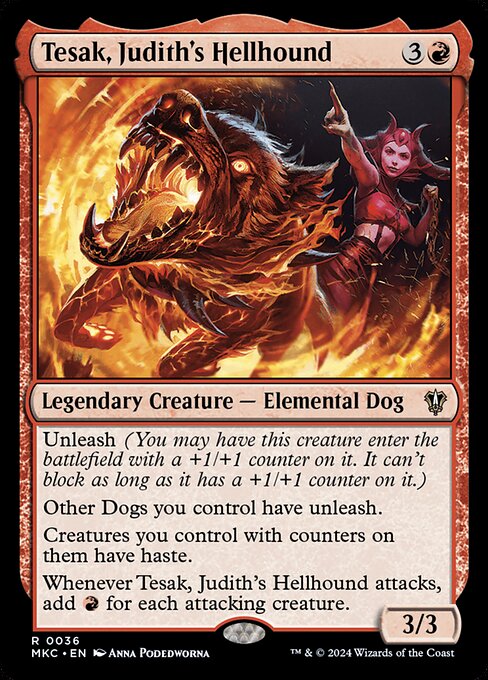Deck & Commander Strategies

O-Kagachi, Vengeful Kami
Grow a large creature with counters and exile opponents' permanents or cards when attacked, generating incremental advantage and board control.

Gríma, Saruman's Footman
Attack unblockably to exile instants or sorceries from opponents' decks and cast them without paying their mana costs, gaining card advantage and disruptive spells.

The Wise Mothman
Focus on accumulating +1/+1 counters and using council counters to strengthen creatures, aiming for a powerful board presence that can overwhelm opponents.

Tesak, Judith's Hellhound
Utilize a mono-red dog tribal strategy, flooding the board with dog creatures and leveraging tribal synergies to apply pressure and dominate combat.
Gameplay Insights
- 1
Gríma’s unblockable attacks were key in generating card advantage by exiling and casting opponents' instants and sorceries, shifting momentum in that player's favor.
- 2
Choosing who to attack carefully helped players avoid empowering opponents or provoking retaliation, showing strategic combat restraint.
- 3
Sandstorm Salvager’s token creation and ability to add +1/+1 counters with trample enhanced board presence and threatened opponents effectively.
- 4
Struggle for Power was a double-edged card draw engine that benefited the player with the most counters, demonstrating the importance of synergy and timing in multiplayer games.
- 5
Players prioritized removal of high-value creatures or commanders to prevent exponential growth of counters or exile effects that could snowball the game.
Notable Cards
-

Gríma, Saruman's Footman
-

Sandstorm Salvager
-

The Wise Mothman
-

Tesak, Judith's Hellhound
-

O-Kagachi, Vengeful Kami
Gameplay Summary
The game began with each player introducing their commanders and their respective strategies.
O-Kagachi’s player aimed to grow their creature and leverage exile triggers when attacked.
Gríma, Saruman's Footman, was deployed quickly to exert unblockable damage and generate card advantage by exiling and casting instants or sorceries from opponents’ decks.
The Wise Mothman player focused on building counters and empowering their creatures, while Tesak, Judith's Hellhound's player emphasized a mono-red dog tribal deck, flooding the board with dog creatures and using synergy to pressure opponents. Early plays involved setting up mana bases and establishing board presence with key creatures like Gríma and various dog tribal creatures.
Gríma’s ability to exile cards from opponents and cast them for free was a pivotal mechanic that started to swing card advantage.
Strategic combat decisions shaped the flow, such as the choice to attack certain players to avoid retaliation.
A notable moment was the casting of a card named Sandstorm Salvager, which created tokens and provided additional utility with +1/+1 counters and trample, enhancing board threats. Mid-game involved attempts to proliferate counters and optimize board states, highlighted by the casting of Struggle for Power, which increased card draw for all players, benefiting the player with counters most.
Players carefully considered when to engage in combat or hold back to avoid empowering others.
Overall, the game was a mix of incremental advantage through card draw, exile mechanics, and board development with tribal synergies and counters, setting up for a potential win through overwhelming board presence and value plays from exiled cards and tribal buffs.


















![Alela vs Edgar vs Animar vs O-Kagachi [EDH/Commander Gameplay] 2020 thumbnail](https://i.ytimg.com/vi/SmadQbfh2i8/sddefault.jpg)










